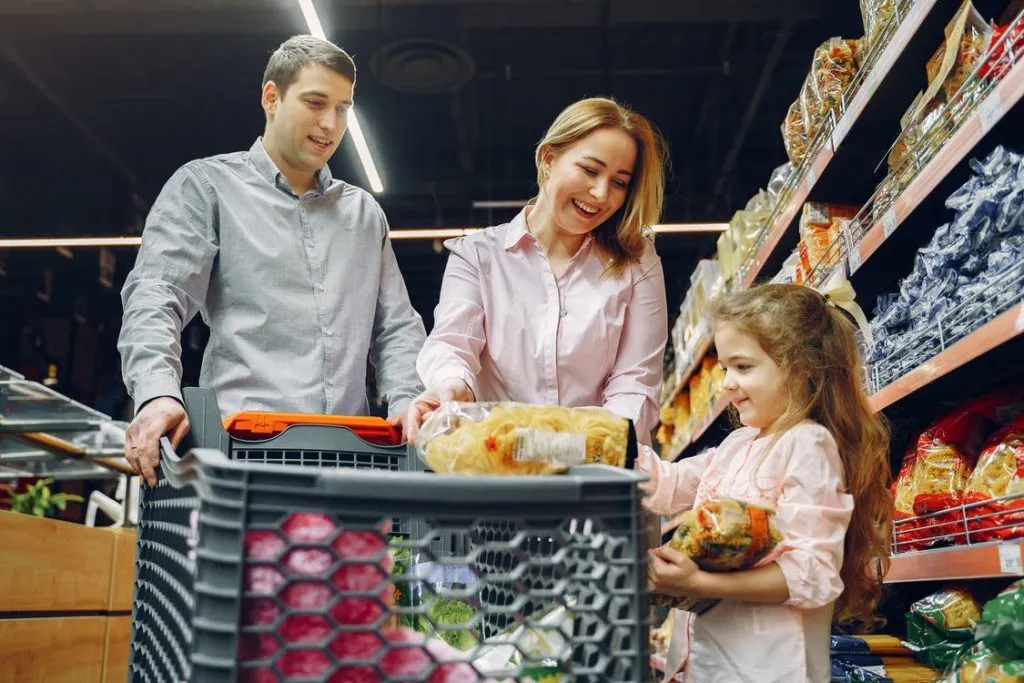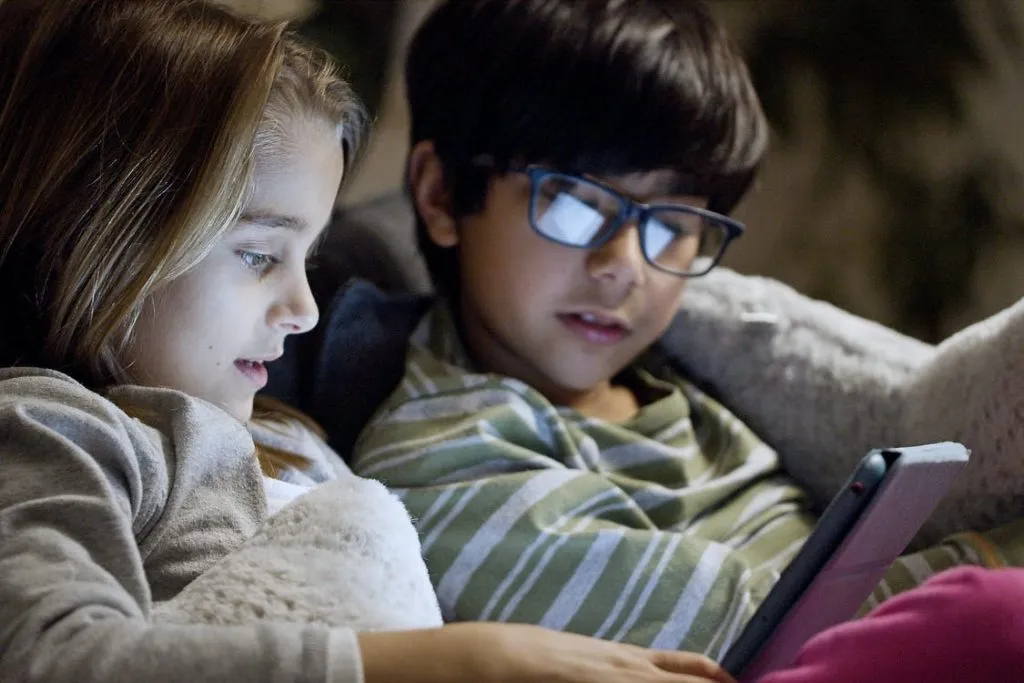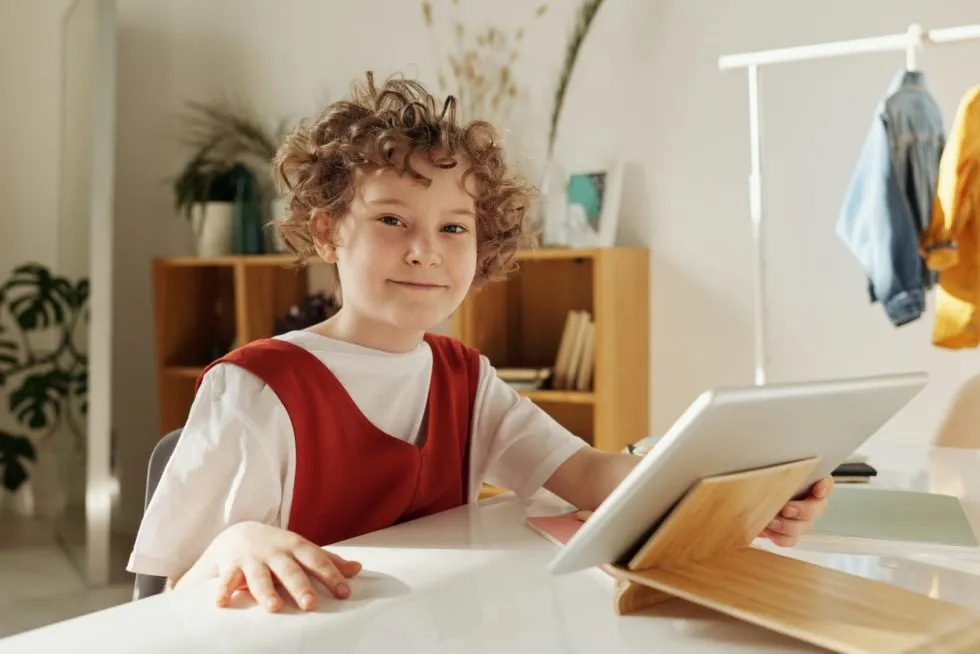Have you considered that kids can learn some valuable things during grocery shopping? You are probably wondering, “Really?” “All they do is to make me incur unbudgeted expenses by demanding for this and that at the grocery store!”
No doubts, kids would always want to be themselves, so you should make provision for that when you take them out on grocery shopping. I mean, a little budget for chocolate and cookies will be worth the fun of going out with you to shop. Don’t you think so?
But, seriously, there are tons of valuable lessons kids can learn when you take them with you on a grocery shopping. Let’s explore some of such lessons.
#1: Making a Shopping List
Before you even step out to shop, enlist the help of the kid in making the shopping list. Ask the kid to suggest grocery items to buy and why he or she suggests that.
As you make the list, explain to the kid why you are putting the items in the list, and the importance of scale of preference when you make a shopping list. As you know, kids can be inquisitive. So, be ready to answer tons of questions, including the ones that do not seem to be meaningful J.
#2: Needs Versus Wants
Before and when you get to the grocery shop, explain to the kid the “needs” in the list and the “wants”. And, you can repeatedly remind the kid of the difference between the two when they grab stuffs like a toy and want to put it in the shopping cart. That’s the best time to practically say, “Hey Tom, that’s a want, we aren’t yet done picking what we need – e.g. milk, flour, oranges and so on.”
Gradually, it will start sinking into the head of the kid that some things have to wait because they are less important than some. Let the child know that she needs the milk to get protein nutrients, but the toy is a want that can be purchased some other time.
#3: Checking the Expiration Date on a Product Pack
When you pick items that can expire from the shelves in a store, look at the product pack for the expiry date and explain to the kid how important it is to do so. That’s so straightforward, right?
#4: Comparison shopping
A kid can learn how to land good deals when they watch you compare prices of products online or at the store. In fact, you should explain to the kid how comparison shopping works and how to land the best deal through this purchase tactic.
#5: Money Management
One of the most practical and efficient ways to teach kids money management is to go shopping for groceries with them. It can also be both painless and fun. Start with the stickers that display the grocery items’ unit price.
As you compare unit pricing with your kids, you will be able to better illustrate that a buyer can evaluate many products side-by-side to decide on the best deal.
Do you desire to make a grocery shopping activity more fun and a game for your kid? Get him or her to spot the best cookie bargain by comparing their unit pricing. This is a very practical and effective way for the kid to start learning about money management.
#6: Making Purchase Payment
These days, there are different processes involved at the checking out point after purchase. Kids can start learning when you let them handle the payment. So, when you go grocery shopping together, you can let the kid give your coupons to the checker.
Also, you can let your child offer up the swipe card. These activities would help the child learn about the checking out routines. Subsequently, he can make his first unassisted purchase.
Also, when you go grocery shopping with kids, take the time to show them advertised deals and sales, and also tell them how important and valuable coupons are.
#7: Avoid Impulsive Buying
Are you familiar with “Mom, get that teddy bear for me!”, “Dad, buy that toy-gun for me!” as soon as you step into a store? Even as an adult, you are lured to impulsive buying, how much more kids.
But, going shopping with your kid is one of the practical ways to explain what impulsive buying is and how to avoid it. At the point that the kid is asking for a toy gun, cookies or dolls, don’t delay to say “Hey Tom, we haven’t even bought a single thing in our budgeted list yet!” “Besides, doll is not in our shopping list today, in case you’ve forgotten, just have a look at the list again!”
This simple statement will drive the message home and let the kid know that what is in the shopping list is strictly what you’re going to buy. Any other thing will amount to impulsive buying and will alter the list and fund.
#8: Taking Responsibility
Making a trip to the grocery shop with kids is an opportunity for them to learn to take responsibility. They will get to know the efforts that parents make to put food on their table.
From the point of making the shopping budget/list, providing the money, to driving down to the grocery shop, kids will come to appreciate parents the most and start learning early in life how to also take responsibility for their future family.
#9: Appreciate Parents the More
Even if they don’t say it out loud, kids, especially the older ones, will come to appreciate parents the most, for the hassle they go through to make sure kids and the entire family have what they need.
#10: Familiarity with Grocery Items
You can start explaining to kids the different items at the grocery shop when you take them on a trip to a grocery shop. For younger kids, use terms that they can easily connect to when showing them the different items at the grocery store.
Isn’t it obvious that kids can learn a whole lot from the time of planning grocery shopping to making a trip to the grocery shop with you? The answer is yes of course!




